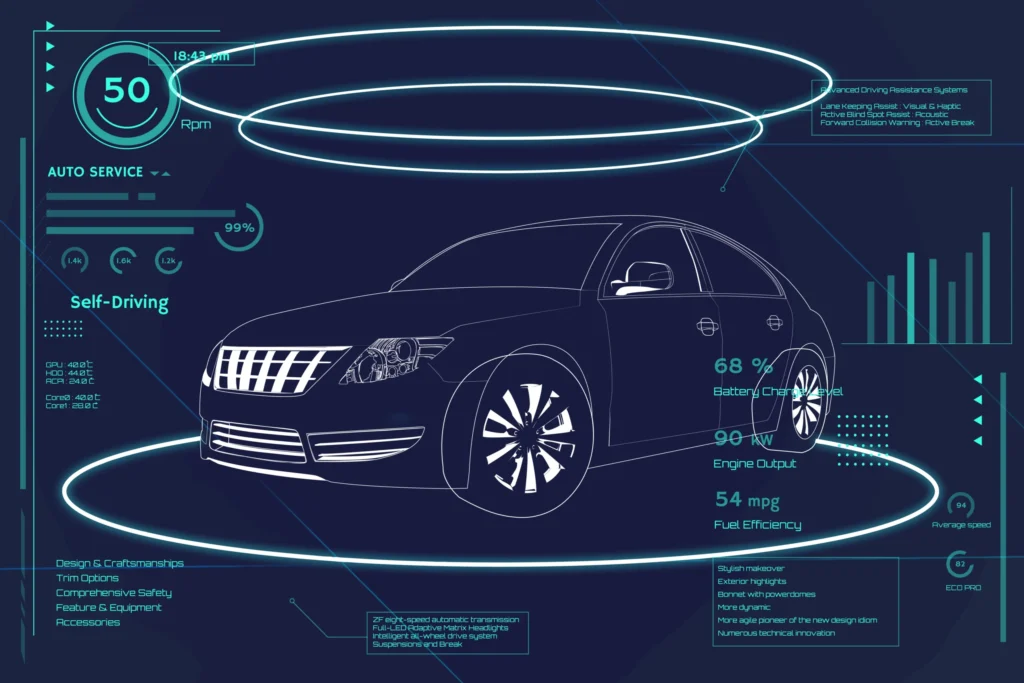Supply Chain Resilience: Managing Disruptions with Analytics & AI
In an increasingly interconnected yet volatile world, achieving robust supply chain resilience is no longer a luxury but a fundamental necessity for business survival and growth. Global events, from pandemics to geopolitical shifts and natural disasters, have repeatedly exposed the fragilities within complex supply networks. This article delves into how modern analytics and artificial intelligence (AI) are revolutionizing the approach to supply chain management, offering unprecedented capabilities to foresee, adapt to, and overcome disruptions.
Table of Contents
- Understanding Supply Chain Resilience in Today’s World
- The Rising Tide of Disruptions: Why Traditional Methods Fall Short
- How Analytics & AI Revolutionize Supply Chain Resilience
- Key Technologies Driving Resilience
- Building a Resilient Supply Chain: A Step-by-Step Approach
- Comparing Traditional vs. AI-Driven Resilience
- The Future of Supply Chain Resilience: Continuous Adaptation
- Conclusion: Securing Your Future with Smart Supply Chains
Understanding Supply Chain Resilience in Today’s World
Supply chain resilience refers to the ability of a supply chain to prepare for unexpected disruptions, respond to them effectively, and recover quickly, all while maintaining operational continuity. It’s about designing a system that can absorb shocks, adapt to new circumstances, and even thrive in the face of adversity. This goes beyond simple risk mitigation, aiming for an agile and robust structure capable of dynamic self-correction.
The Rising Tide of Disruptions: Why Traditional Methods Fall Short
Today’s supply chains face a myriad of threats: extreme weather events, cyber-attacks, port closures, labor shortages, and sudden shifts in consumer demand. Traditional, linear supply chain models, often optimized for cost efficiency over robustness, struggle to cope with the speed and scale of modern disruptions. Manual data analysis and reactive decision-making simply aren’t fast enough to prevent significant financial losses and reputational damage.
How Analytics & AI Revolutionize Supply Chain Resilience
This is where analytics and AI step in, transforming passive observation into proactive intelligence and reactive responses into strategic foresight. By processing vast amounts of data at unprecedented speeds, these technologies offer the tools needed to build truly resilient supply chains.
Predictive Analytics for Early Warning
AI-powered predictive analytics can sift through historical data, real-time market trends, geopolitical signals, and even weather patterns to forecast potential disruptions before they materialize. This includes predicting demand fluctuations, identifying supplier risks, or foreseeing logistical bottlenecks, giving businesses crucial lead time to adjust strategies.
Optimizing Inventory & Logistics
Machine learning algorithms can optimize inventory levels across multiple locations, reducing both excess stock and stockouts. They can dynamically reroute shipments based on real-time traffic, weather, or port congestion, ensuring goods reach their destination through the most efficient and least risky paths. This directly contributes to enhanced supply chain resilience.
Enhanced Visibility & Real-time Monitoring
AI integrates data from IoT devices, enterprise resource planning (ERP) systems, and external sources to provide end-to-end visibility of the entire supply chain. Companies can monitor the status of every shipment, the performance of every supplier, and potential risks in real-time, allowing for immediate intervention.
Automated Decision-Making & Scenario Planning
Advanced AI systems can run thousands of disruption scenarios, recommending optimal response strategies. In some cases, AI can even automate decisions, such as reordering from an alternative supplier when a primary one faces issues, or dynamically adjusting production schedules to match changing demand or material availability.
Key Technologies Driving Resilience
Beyond core AI and analytics, several complementary technologies are critical: Big Data infrastructure to handle massive datasets, IoT for real-time data collection, cloud computing for scalable processing, and blockchain for transparent and immutable transaction records across the supply chain. Together, these form the backbone of a modern, resilient network.
Building a Resilient Supply Chain: A Step-by-Step Approach
Implementing an AI-driven resilience strategy involves several key steps: a thorough assessment of current vulnerabilities, investing in appropriate data infrastructure, piloting AI solutions in specific areas, and gradually scaling them across the entire network. Training staff and fostering a culture of continuous adaptation are also vital for achieving true operational excellence.
Comparing Traditional vs. AI-Driven Resilience
| Feature | Traditional Approach | AI-Driven Approach |
|---|---|---|
| Risk Identification | Manual, retrospective, limited scope | Proactive, predictive, real-time, comprehensive |
| Visibility | Fragmented, delayed, siloed data | End-to-end, real-time, integrated data |
| Response Time | Slow, reactive, often after impact | Fast, proactive, automated recommendations |
| Decision Making | Human-dependent, prone to bias | Data-driven, optimized, scenario-based |
| Adaptability | Rigid, difficult to change | Dynamic, self-learning, continuous optimization |
For more detailed insights into global supply chain strategies, you can refer to resources like the World Bank’s publications on the subject.
The Future of Supply Chain Resilience: Continuous Adaptation
The journey towards full supply chain resilience is ongoing. As new technologies emerge and global dynamics shift, the ability to continuously adapt, learn, and evolve will define the most successful supply chains. AI and analytics will remain at the forefront, providing the intelligence needed for this perpetual transformation.
Conclusion: Securing Your Future with Smart Supply Chains
The disruptions of recent years have unequivocally demonstrated that a resilient supply chain is an indispensable asset. By embracing analytics and AI, businesses can move beyond mere survival to achieve a competitive advantage, transforming vulnerabilities into opportunities for innovation and growth. Investing in these intelligent solutions today is investing in a more secure and adaptable future.


